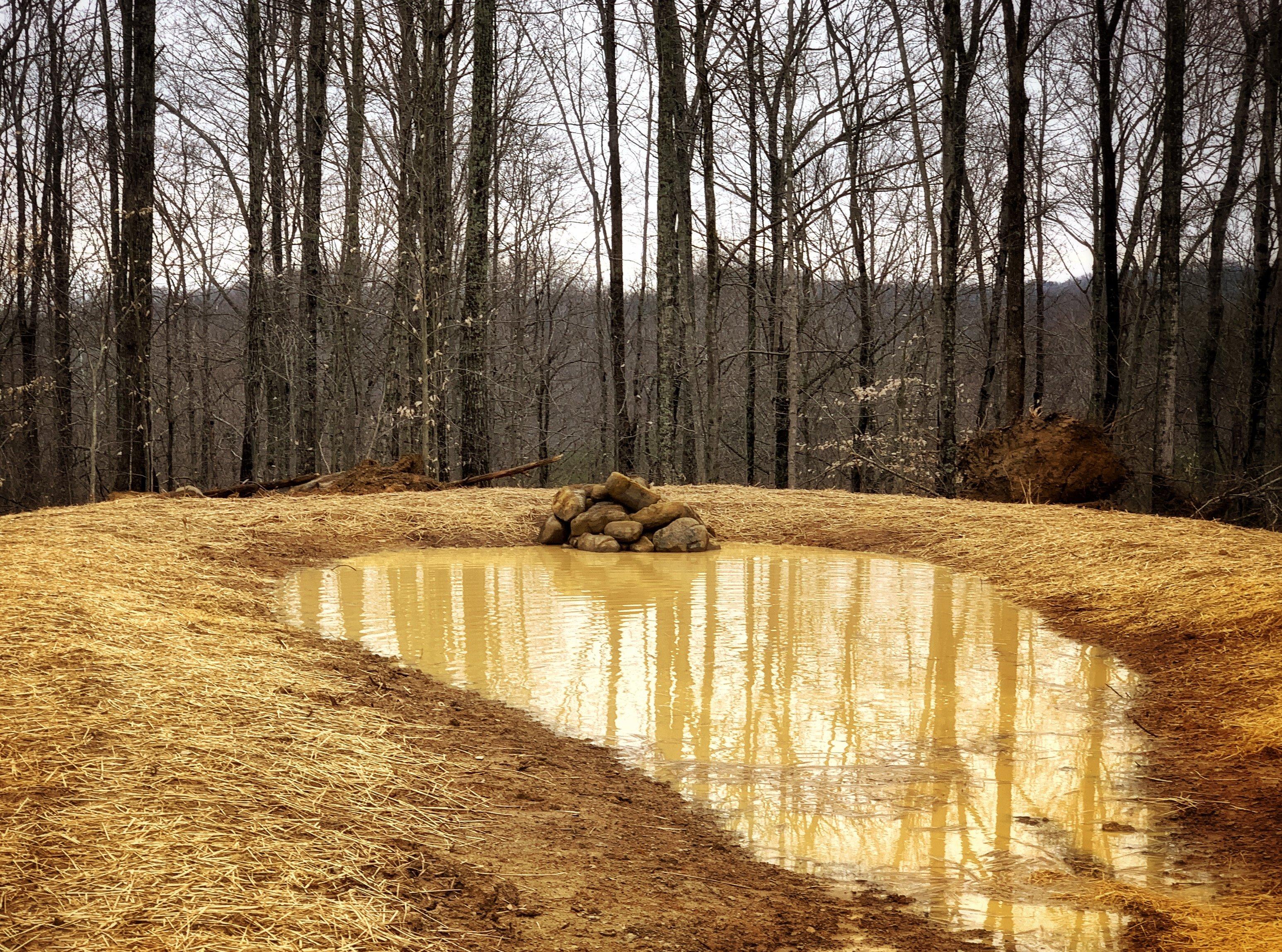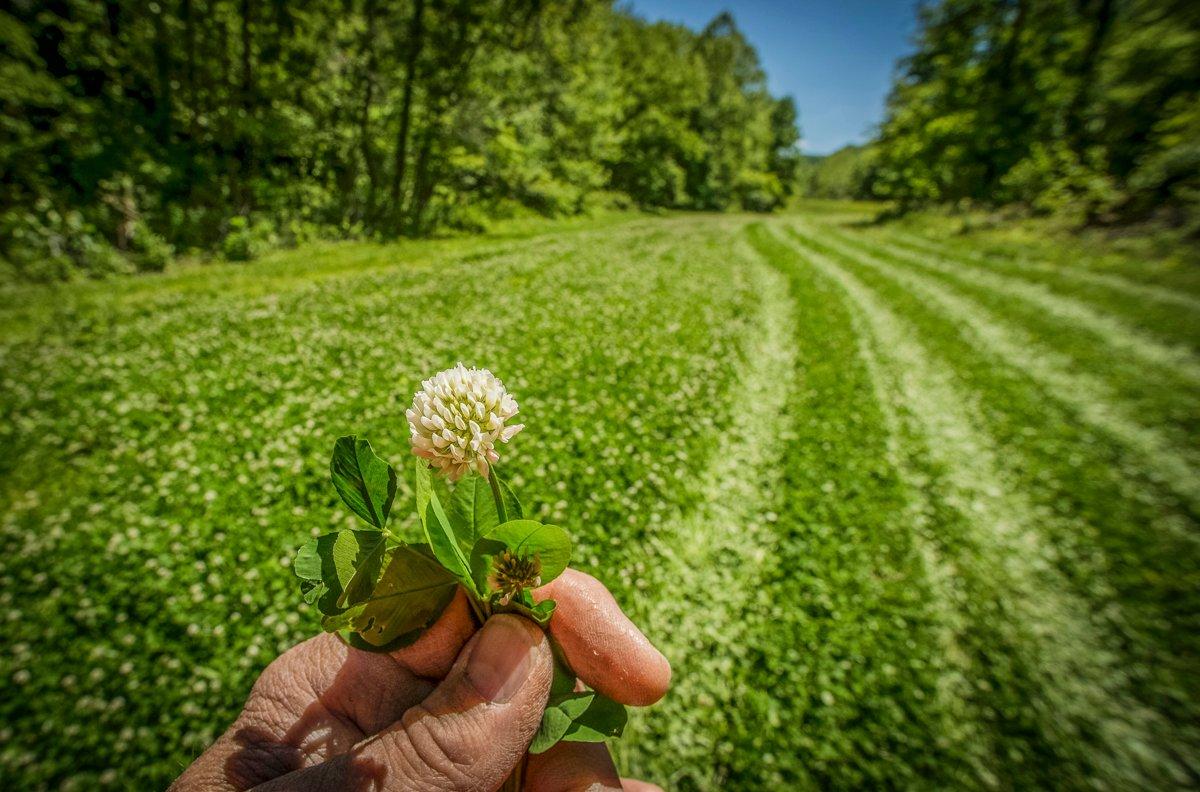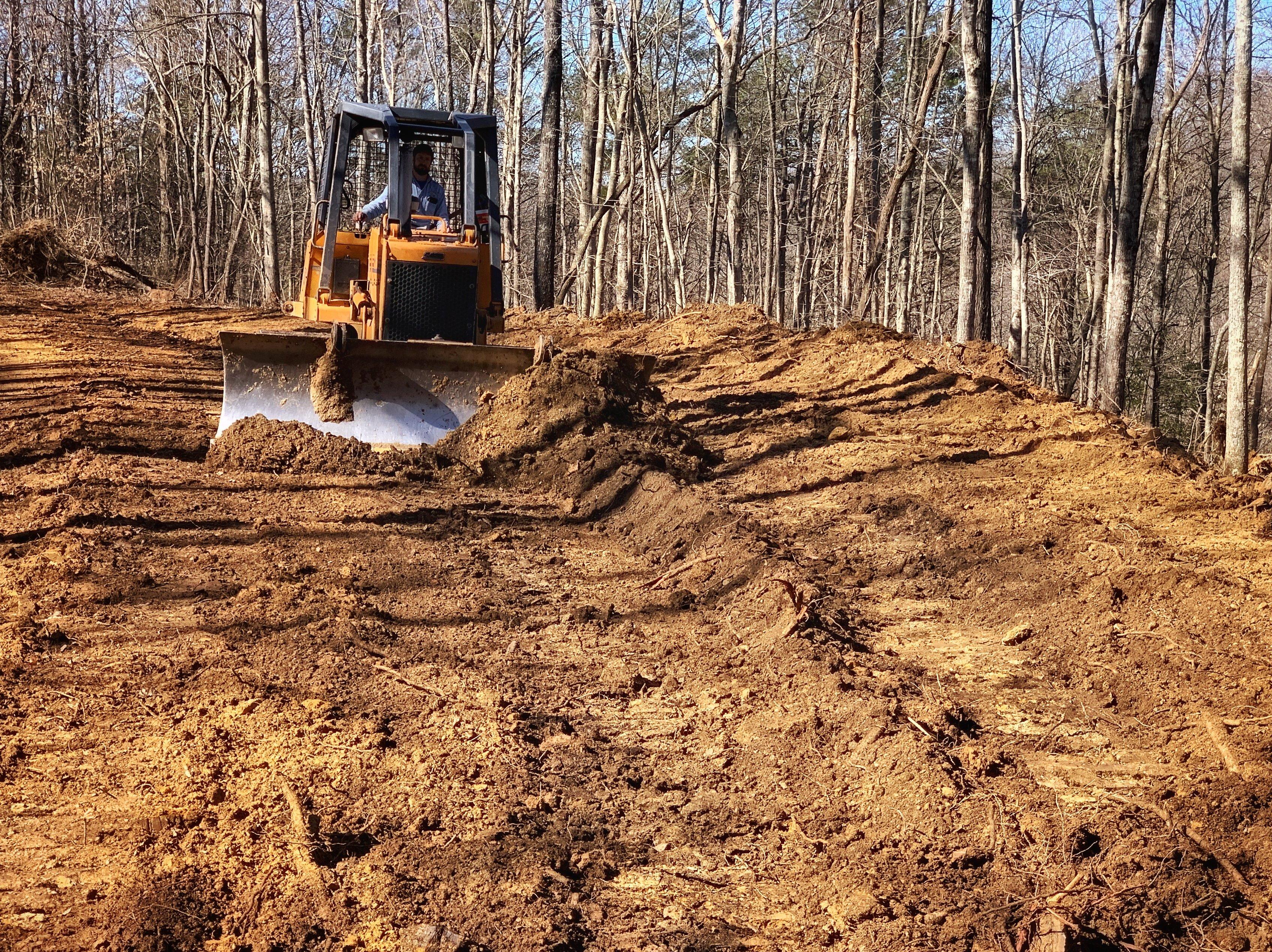Deer season might be months away, but now is the time to get the hard work done
The skeeters are biting and humidity is climbing. Summer is almost here, and if we don't get to work now, it'll be over before we know it. Here are eight things hunting-land managers should be doing right now to get a jump on deer season.
1. Maintaining Treestands
Treestand falls kill more people than any other hunting-related accident. Approximately 35% of those falls involved failures that could've been avoided with an inspection, according to the Tree Stand Safety Awareness Foundation. The off-season is the perfect time to ensure these accidents don't happen on your watch.
Always remove and inspect your treestand equipment. Check for rusty bolts, broken nuts, faulty cables, loose chains, compromised platforms, malfunctioning climbing mechanisms and other damaged areas. Don't skimp: replace equipment as needed or take down the stand. Optimize each stand for safety and efficiency. Tree growth will particularly affect stands that've been hung for more than a year or two. That's reason enough to pull and rehang stands, even if you put them back in the same spot.
When working on stands, always wear a harness and a lineman's belt, and install safety lines. This will ensure any hunter who uses it is correctly tethered from the time they leave the ground until they reach it again. Remember: 86% of fall victims don't have harnesses on.
2. Creating Water Holes
Land managers commonly focus on food and forget about water, but deer need both to survive. I've found that water in strategic locations can be far more effective than relying solely on food. There are several ways to accomplish this, but burying 50- to 100-gallon tanks gets the job done. Or, go big and put in small ponds if you have the time and means.
Place these water sources in staging areas, trails connecting beds to feed, benches, bedding area fringes and other high-traffic areas that don't already have nearby water sources.
I keep detailed trail camera records, especially for historical cam locations that don't change from year to year. These proven, high-traffic spots are where I usually establish small water holes. It isn't surprising that my trail camera photos triple to quadruple once a water hole is in place. Those increased visits translate to increased shot opportunities - especially considering mature bucks love these secluded water sources.
3. Taking Soil Samples
A soil-sample test determines what and how much fertilizer and lime an area needs prior to planting. Failing to conduct one is a primary reason food plots fail. Fortunately, you can test and adjust your soil without too much trouble. Get a kit from your local ag extension agency (or online or by mail), follow the directions for collecting a sample and return the kit.
When the results arrive, they'll tell you how to address any nutrient deficiencies in the soil. Aside from lime applications, the most common prescription will be to add a custom combination of nitrogen (N), phosphorus (P) and potassium, or potash (K).
Remember, soil samples generally save you more money than they cost. Not applying the correct type and amount of fertilizer and lime you need will produce a subpar plot. If you opt not to do a soil test, the University of Maryland Extension says you might notice nutrient deficiencies and symptoms in plants, and treat the soil by identifying them.
4. Planting Spring and Summer Food Plots
Spring-planted food plots are generally useful for two things. First, and with the exception of some plots like corn and soybeans, they mostly serve as a way to feed and hold deer through the summer and early fall months. Second, they create a solid spot for bowhunting September and early October archery openers.
For solid spring planting options, consider clovers, corn, cowpeas, grain sorghum, iron clay peas, lablab, soybeans and sunflowers. For hunting purposes, plant these in small staging areas between bedding areas and major food sources. This creates the perfect spot for intercepting deer.
5. Clearing Fall Food Plots
If you'd rather plant something that lasts into fall and winter, consider buckwheat, cereal rye, radishes, oats, turnips, wheat or winter peas. Just don't sow your plots until August or September. In the meantime, consider clearing small staging plots in advance. It never hurts to complete high-disturbance tasks now, including cutting trees, establishing roadbeds, trimming brush and more. This decreases the risk of pushing out mature bucks.
Then, in late summer, spray, fertilize, disk, and plant the seed. Within a month or so, you should have a lush, green plot for the rest of the season. The best part? The hardest work (i.e. clearing) is wrapped up months before, and now you get to hunt it.
6. Prepping and Hanging Trail Cameras
This is the perfect time to prepare your trail cameras for summer and fall. If you haven't already, pull old batteries. Carefully remove dirt, debris and corrosion. If there's moisture inside your cameras, use paper towels to dry them, then place silica gel packets inside the housing for a few days to absorb any remaining moisture.
Once they're cleaned, insert new batteries and fresh SD cards, and then format the camera. Now you're ready to hang them. Place them near major food sources, water sources, staging areas and other high-odds spots. Personally, I put cams out in June when I refresh mineral sites.
7. Learning the Land
You should gather as much intel as possible about new and existing properties right now. While it's always best to do in-the-field scouting in winter as soon as the season closes, it's not always realistic. And properties you've never touched before are always exceptions. Scour every inch of them, even if it's right before deer season. When you can, glass from afar, but remember: It's better to pressure deer once and learn the property than to hunt without knowing how deer use it.
8. Setting Property-Specific Goals
Deer use every property differently. This means no two properties can be approached or hunted the exact same way. Because of this, hunters should set property-specific goals. It's easy to create a broad-brush list of things that land managers should do, but every property has its own to-do list. Only the hunters who learn it can know exactly what those things are.
On one farm I hunt, for example, I need to fence off a section of woods to keep cattle out. On another, I have to cut a four-wheeler path through the timber. Still, another property needs No Trespassing signs posted. No matter what's on your list, just don't wait until the last minute to finish your hunting chores. Complete what you can now so you aren't pressuring deer all summer long.










